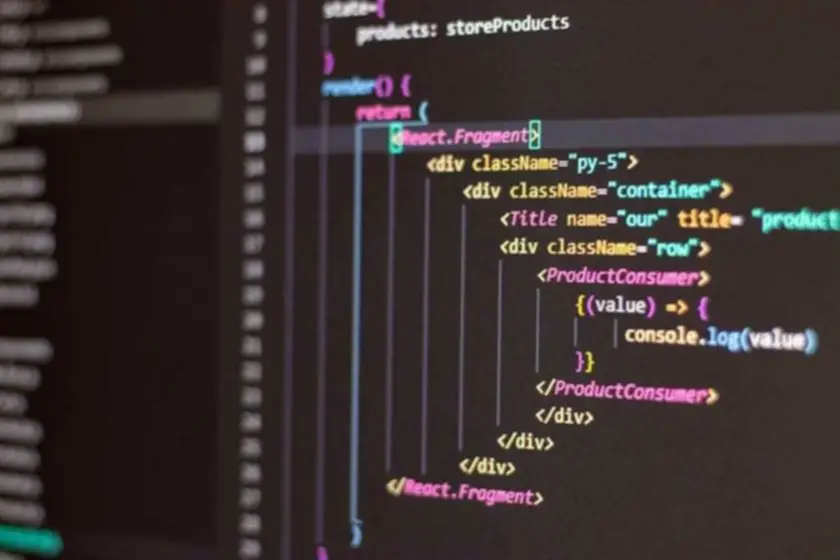Software Program Testing Defect Density
By repeatedly analyzing and refining the development course of, groups can make incremental progress in decreasing defect density and bettering the general high quality of the software program. The last step in calculating defect density is to divide the entire variety of defects by the corresponding dimension metric. This division yields the defect density value, which indicates https://www.globalcloudteam.com/ the average number of defects per unit of code, function points, or modules.
The Role Of Defect Density In High Quality Assurance
No matter how expert and skilled the event team is, there will all the time be bugs and issues that have to be addressed. Defect density allows developers to quantify the variety of defects in relation to the size of the software part or code section defect density. This measurement provides a standardized way to evaluate the defect-proneness of different modules or elements.

The Impression Of Ai And Machine Studying On Defect Density
Product managers should set up defect density targets for every launch or dash, based mostly on the dimensions and complexity of the discharge. By setting targets, they’ll monitor progress and make adjustments as essential to make sure the product is meeting quality standards. However, it is very important set realistic targets that take into account factors corresponding to group measurement, development timeline, and obtainable sources. To put it simply, defect density is the ratio of bugs found in a product to the scale of the product.
- Material impurities could be a vital source of defects in semiconductor manufacturing.
- It signifies that the density of MD linearly reduces with the scale of a mesa L.
- This helps facility managers assess the general upkeep high quality and determine areas needing enchancment.
- It is Pd that’s the subject of our further investigations as it can have a big impact on yield, if the particle would have a choice to deposit on critical areas.
- For instance, an organization that adopts an agile improvement method could experience different defect densities compared to an organization using a waterfall methodology.
Supplies, Preparation, And Properties

Defect density is the ratio of the variety of defects to the dimensions of the software program system or utility. The dimension could be measured in various methods, corresponding to strains of code, operate points, or logical statements. The importance of defect density lies in its capability to supply insights into the standard of the software and the potential dangers it could pose to end-users or clients. The next section publish creation of various kinds of TFPV fashions within the SCAPS-1D tool. It would create a performance degrading impact just like that induced by the PID phenomenon. In this context, firstly, the aforesaid is finished and analyzed for nongraded and graded sort CIGS TFPV fashions.
What Is An Efficient Defect Density In Manufacturing?
For example, if the company’s goal is to extend revenue, then income development can be a more related KPI to track than defect density. Defects could be of various types, together with particle contaminants, voids within the materials, undesirable depositions, or deviations in patterning processes. The supply of these defects can range from the uncooked supplies to the gear used and even the surroundings in the cleanroom.

When To Make Use Of A Defect-based Technique In Software Program Testing?

Each method has its benefits and disadvantages, and the choice of method is determined by the precise device necessities. There are several components that may contribute to defect density, including course of variation, equipment malfunction, and materials impurities. To scale back defect density, manufacturers must determine the basis causes of defects and implement efficient course of controls to attenuate their prevalence.

A Single Hub On Your Whole Group
Apart from offering distinctive accuracy in defect measurements, it additionally caters to many technical and analytical necessities. Having correct results at hand can help software engineers keep assured about their developed software’s high quality and efficiency. The position of defect density is extraordinarily important in Software Development Life Cycle (SDLC). Second, this provides the testing team to recruit a further inspection group for re-engineering and replacements.
The Influence Of Continuous Improvement
Defect density offers a quantitative measure of the quality of a software program part or code section. It permits developers to evaluate the level of defect-proneness and prioritize their efforts accordingly. By calculating the defect density, growth groups can establish areas of the codebase that require more consideration and allocate sources strategically to resolve the issues. For occasion, AI-powered code evaluation instruments can scan software code for potential defects, determine code smells, and supply actionable ideas to enhance software program quality. Organizations can streamline their defect density analysis and optimize their development processes by leveraging these revolutionary solutions.
Interpreting defect density outcomes is essential for gaining insights into the software’s quality and figuring out areas for improvement. Understanding the implications of high and low defect density values is crucial for making informed choices and initiating appropriate actions. By considering these elements and implementing acceptable strategies, organizations can optimize defect density, resulting in more reliable and efficient software merchandise.
By optimizing the format and dimensions of the gadget, producers can decrease the influence of defects on device efficiency. Above all, the effectivity and efficiency of the software program stay the most important issue that affects the defect density course of. According to greatest practices, one defect per a thousand traces (LOC) is taken into account good. In this text, we explore the significance of defect density as a key performance indicator (KPI) for product managers. A generally accepted normal for defect density is one defect per a thousand traces of code (KLOC).
